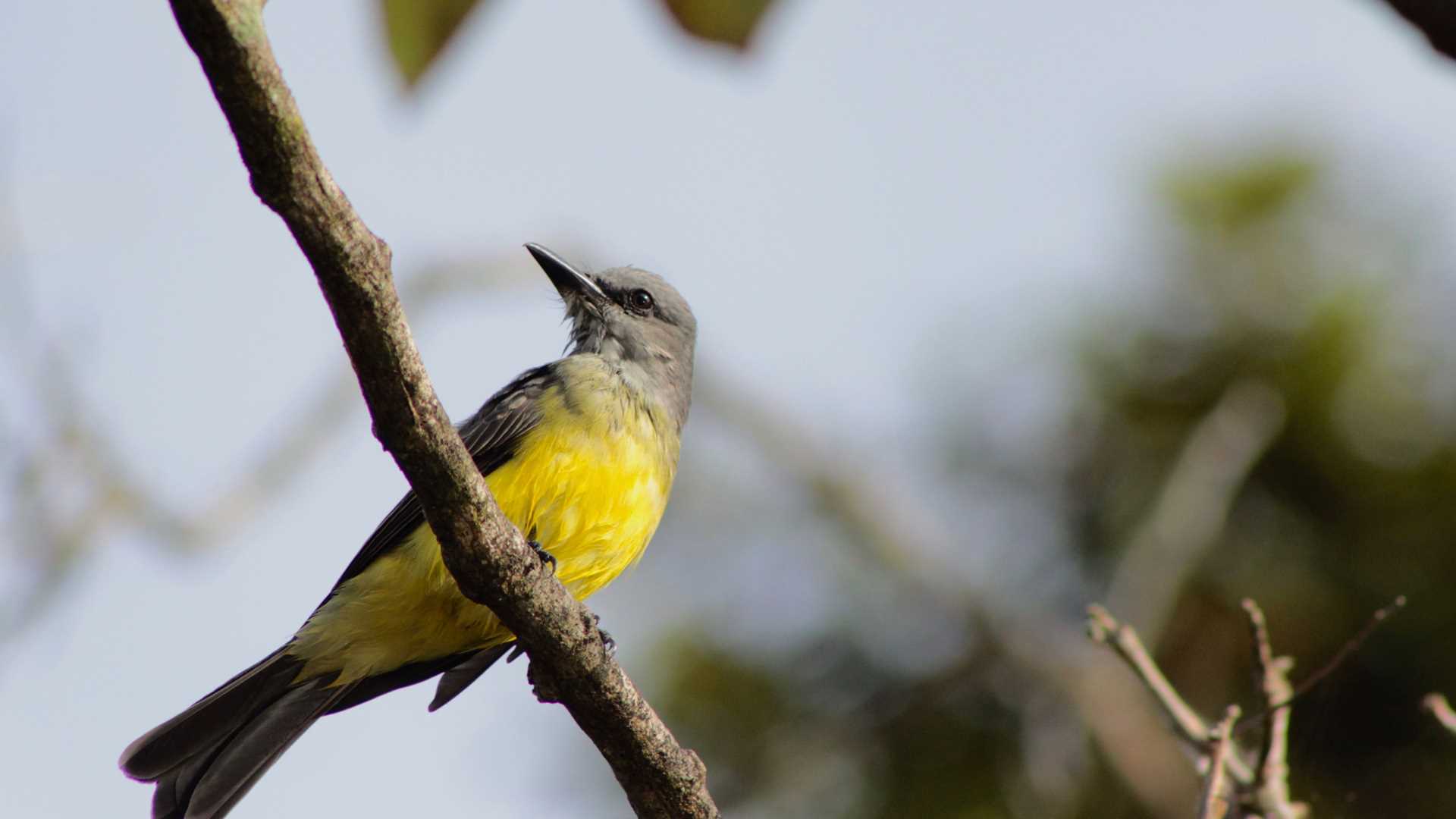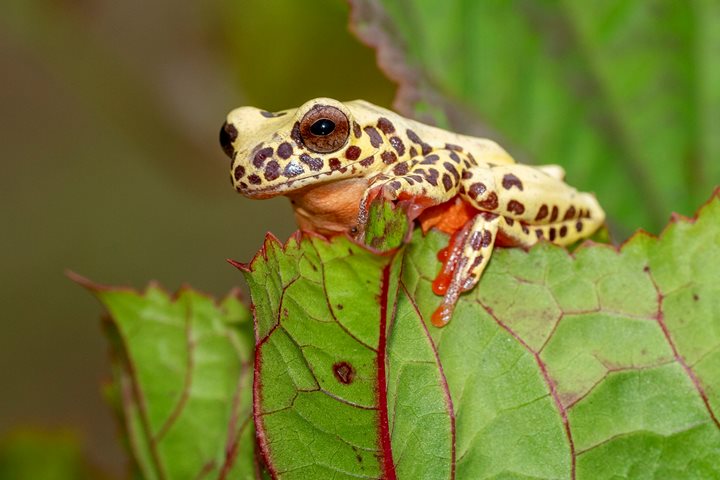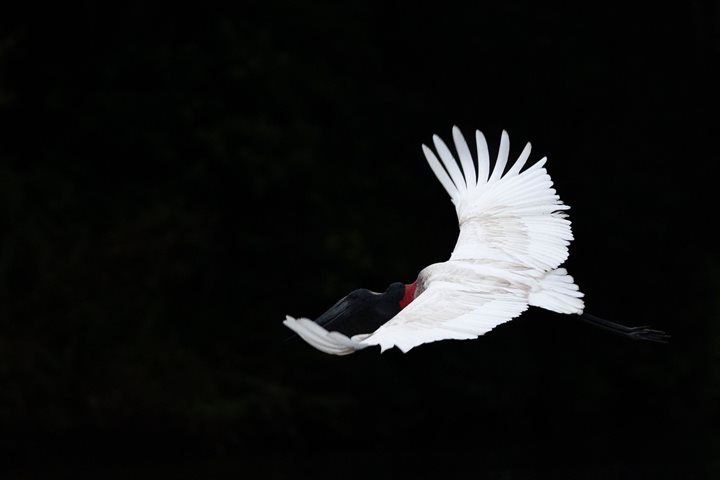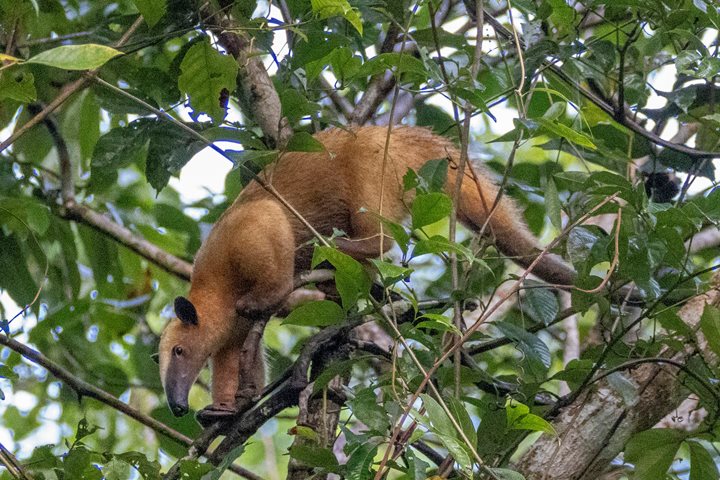Today was our first full day of expedition in the Amazon forest. We started early by visiting the Clavero area. This site is the meeting point of two different bodies of water, creating a perfect fishing scenario for dolphins. We explored the area by skiff and found the pink and grey species. We also passed by the Clavero community and had the chance to observe for a bit.
In the afternoon, we visited the Supay River and a lake where naturalists spotted monkeys not long ago. We scanned the riverside from the skiffs, passing under a bridge near a community. We finally arrived to the lake and explored the area. We found a giant lily plant and a hoatzin.







